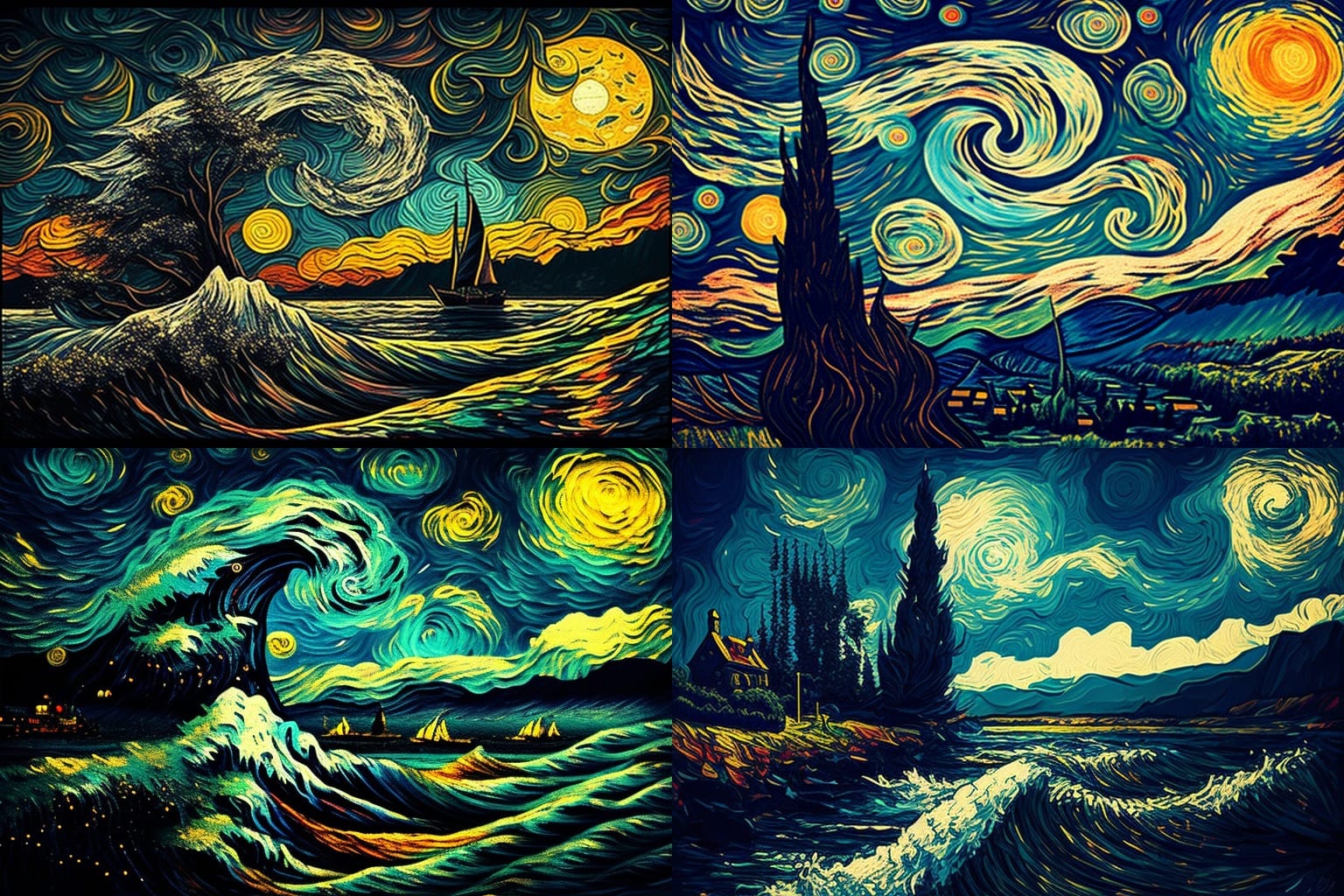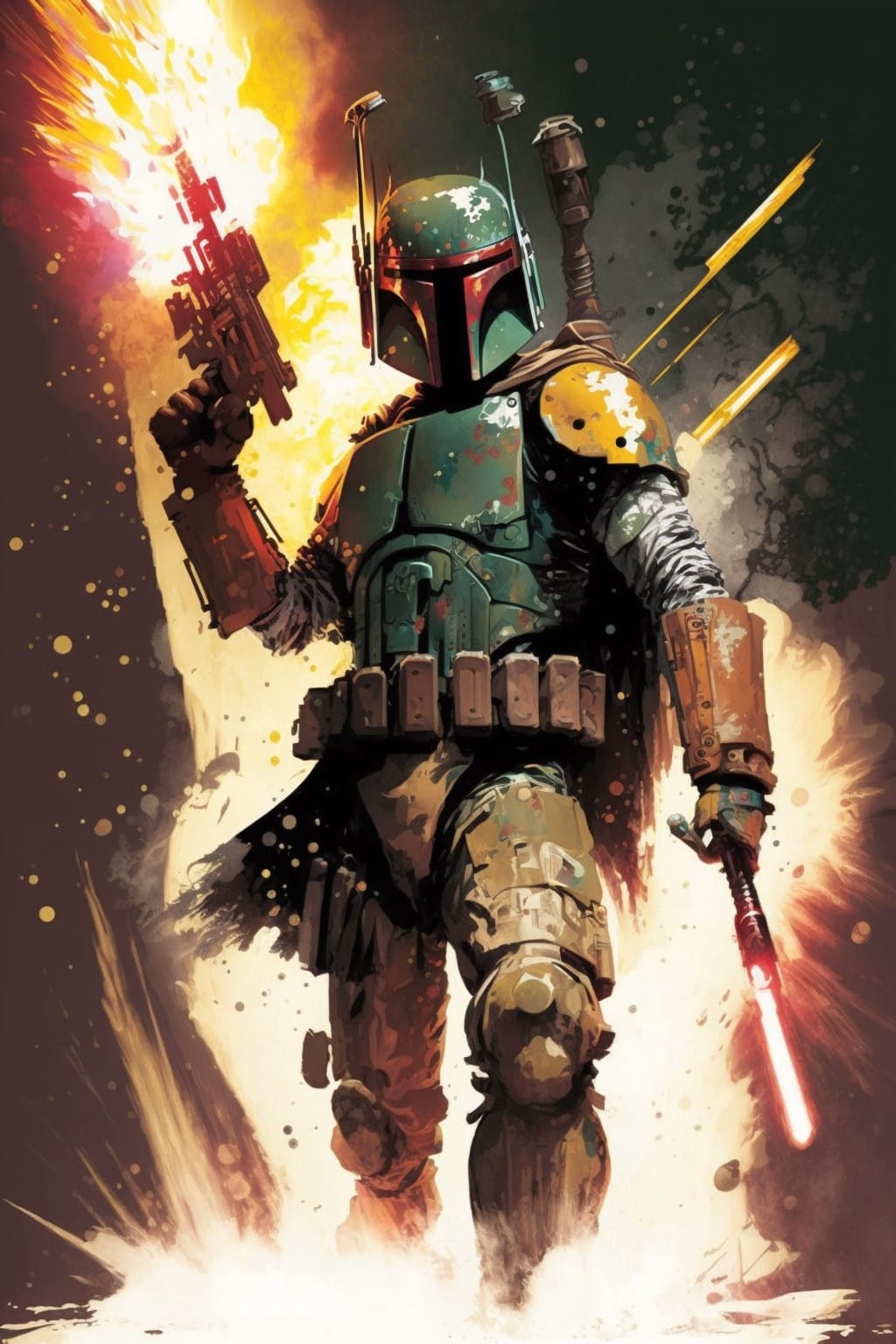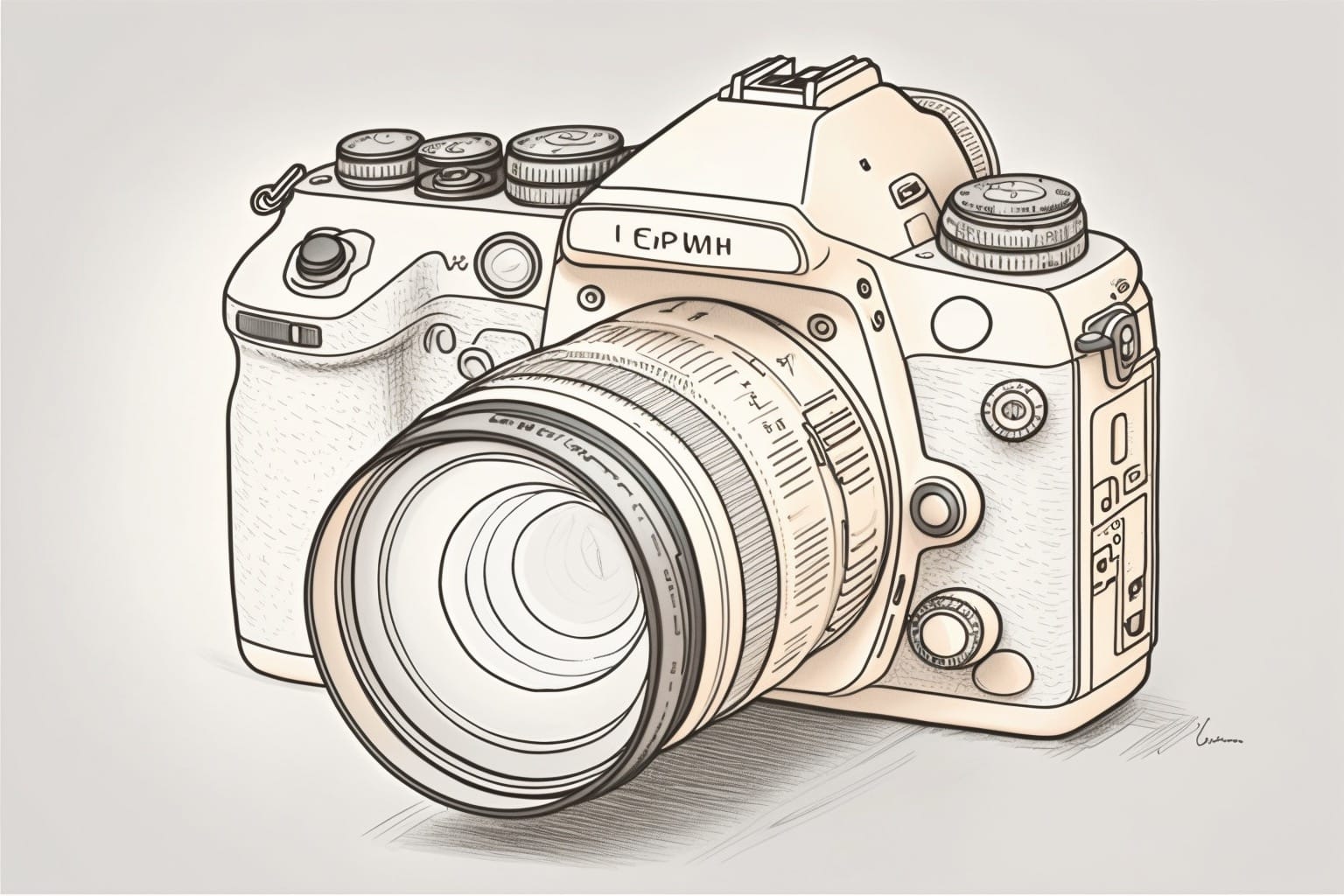![]()
Generative AI art isn’t going anywhere. It’s already too valuable.
As I’ve been contemplating this issue, like most people, I’ve found it difficult to reconcile the multiple perspectives involved. The commercial, legal, and ethical aspects are tangled in a massive knot. And Alexander the Great is nowhere to be seen.
Many artists are raging against the machine, which is a natural reaction (and a great band from my youth). But does it work? Ever? I’d love to hear if you can think of a good example that resulted in a positive outcome.
Commercial Art
The intersection of art and capitalism has always been a seedy place. Let’s not pretend otherwise. It’s a relatively new thing, actually. Don’t forget, “working artist” used to be an oxymoron.
With the ability to create unique and personalized artwork on demand, AI has already proven to be incredibly useful in commercial applications. But this raises concerns about artists’ role and ability to make a living. And also the potential for forgery by bots. (We live in the future.)
As much as some might like to, artists won’t be destroying AI to save their jobs (modern Ludditry). But maybe we can figure out how best to leverage it. I think having an artist’s eye could help in prodding the machine to produce better results.
If I were still freelancing, I’d try tiers:
| PRICE | WORK |
|---|---|
| Cheap | AI art |
| Range | AI art + paint overs |
| Expensive | Fully bespoke art |
Would this approach work? Who knows! It’s the wild west out here.
The real threat is probably to Fiverr artists and others who create low-cost art that can easily be replaced by AI-generated pieces. But is it a threat, really? The clients jumping on AI are, in fact, the same ones on Fiverr who are loath to spend any money on art, right? They definitely aren’t the kind who will spend much money on original art.
Legalese
One of the legal concerns I’ve already mentioned surrounds AI’s ability to mimic known artists’ styles. Has the most powerful forgery machine just been invented? Let’s find out by committing a little forgery right now:
/imagine prompt: island in vast ocean::3 by Van Gogh::5 post-impressionism --ar 3:2

Well… It’s not perfect yet. But it’s still impressive, isn’t it? You’d definitely say the artist was channeling Van Gogh. If you were feeling generous, you might call it homage… If the artist were human. What do you say, knowing it’s the product of a very complex algorithm? (I find it amusing that in the second option–on the top right–it just punted and rendered The Starry Night.)

This raises questions about how AI-generated art should be labeled and regulated to ensure “authenticity.” But is requiring people to tag their work (visual or written) as AI-assisted meaningful?
What about hybrid artists? Artists who integrate AI into their workflow, not using the generated art as-is, of course, but using it as an aspect, starting point, or maybe an element in a pastiche. Do they need to start calculating the percentage of AI usage in a piece? (Can the AI do that for you?)
I don’t think listing tools is anything any artist has ever been required to do. Do any of us really care what tools were used to create a piece of art? So long as it’s aesthetically pleasing, or touches us emotionally, then it’s good. Right?
Imagine reading on an old book’s inside cover: “Written with a Century Model 10 typewriter.” Who would care? (Or even know what that means these days?)
Besides, it’s likely that if we did require AI attribution that everything would have an “AI Involvement” tag very soon.

What about copyright? Let’s assume “original” art (if that’s the right word), not generated fan art. Who owns the rights to the piece? Is it the person who wrote the prompt, the service running the AI software, or perhaps the machine itself? If it’s the machine, does that mean the artwork is in the public domain from creation?
It’s a complicated issue that is relatively untested, legally speaking. Although, we’re starting to see some things trickle out, like the partial revocation of copyright for a comic book with AI art. (Read more about that here.)
I wonder if it might be helpful to frame the issue of AI-generated art in terms of photography. After all, photographers don’t create an image themselves; they use technology to capture it. Similarly, an AI Prompt Wrangler doesn’t make the artwork themselves; they use technology to generate it.

Maybe that analogy could prove helpful for lawmakers as they navigate the thorny issues surrounding ownership and copyright in this emerging field… Or not. I’m no lawyer (I’m basically with Shakespeare on that one).
Ethical Ephemera
It’s always challenging to ponder the ethical uses of new technology. We face it every time something new is invented. It’s a valuable exercise, but I think it’s essentially one of self-justification. Whether for or against.
My hope is that we wind up in a nuanced middle ground. But that ground seems to be shrinking in a vast ocean of polarization (much like our Faux Van Gogh above).
While the rise of AI art may seem unsettling, it’s important to remember that technology has always been a disruptive force in the art world. From the printing press to digital photography, new tools and techniques have constantly challenged traditional modes of artistic expression. I posit that by embracing AI and exploring its possibilities, we can continue to innovate and push the boundaries.
Some would argue that’s what being an artist means.
